You may be asking, what does proper breathing have to do with nutrition?
Well, I’m glad you asked…
Proper breathing is often called deep breathing, diaphragmatic breathing, belly breathing, or abdominal breathing.
No matter what you call it, most of us, except for kids, aren’t breathing correctly and can benefit significantly by learning how to do so.
It is not uncommon for many of us to be unaware that adequate oxygenation, through proper breathing, is vital for the human body in innumerable ways.
Respiration (breathing) involves inhaling oxygen and exhaling the waste product, carbon dioxide. If the carbon dioxide levels in our body become too high, it can cause parts of the body, such as the blood, to become acidic.
A type of cellular respiration, called aerobic respiration, involves the body using oxygen to break down food, to produce energy that provides the mitochondria, or powerhouse, of every cell with the energy to participate in bodily functions, such as breathing.
A very simplified example is as follows: the gastrointestinal system metabolizes a carbohydrate and breaks it down into glucose. The glucose is absorbed into the blood and then combines with oxygen. The combined glucose and oxygen enters into a reaction that produces water, a form of energy known as ATP (adenosine triphosphate), and the waste product carbon dioxide. ATP is then used by a cell to complete its reactions and the carbon dioxide is removed, via exhalation.
It is important for us to breathe to the best of our ability so that the many different systems in the body, that rely on adequate oxygenation, can run at peak performance.
Benefits of Diaphragmatic Breathing
By breathing through the nose, it provides stronger oxygen rich inhalation and removes more toxins
Relaxes muscles, this includes the gastrointestinal system and is why deep breathing is used as part of the therapy for IBS (irritable bowel syndrome) patients
Assists digestion by efficiently circulating the nutrients, hormones, and enzymes involved in digestion
Improves blood flow to all areas of the body, which improves transportation of things such as oxygen and nutrients for healing
Via the nervous system, promotes the relaxation response throughout the body
Lowers the heart rate by increasing blood flow, cell oxygenation, and improving circulation
Increases lymphatic system curculation
Improves our mental state by oxygenating the brain and increasing endorphins
The movement of the diaphragm, during deep breathing, provides a sort of massage to the surrounding organs
Helps remove a high percentage of toxins from the body, via exhalation
Improves posture because of how you have to hold your body to do it correctly
Increases cellular regeneration, which means the body’s ability to build, repair and heal
Look at the picture below to locate the diaphragm and help you with the learning to breath video that follows.
Learning Correct Diaphragmatic Breathing
There are some supposed professionals, with questionable credentials, making claims about their specific type of breathing that they have invented. They claim that they are the one to follow and possibly pay to learn from however, I recommend proceeding with caution or not proceeding at all unless you can find real and reliable scientific evidence to back up their claims.
Having said that, below is a very good YouTube video that teaches other professionals how to correctly diaphragmatically breathe. I think it is great for everyone to use. It is approximately four minutes long but, after a lot of searching and in my opinion, it is definitely reliable and worth your time.
Remember, you should only participate in diaphragmatic breathing if you are able to do so. This blog does not replace the medical advice of your medical providers, so if you have been advised not to do this, please refrain from trying it.
Website Resource Links for Deep Breathing
Deep Breathing: http://www.huffingtonpost.com/marc-b-levin/breathing-health_b_1191566.html
IBS: http://www.clevelandclinicwellness.com/conditions/IBS/Pages/CalmingYourMindandGutforIBSRelief.aspx
IBS: http://www.integrativehealthcare.org/mt/archives/2009/03/helping_clients.html


